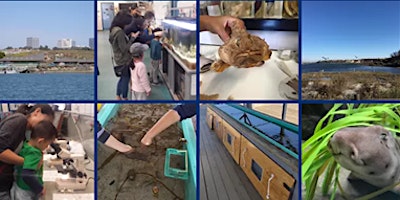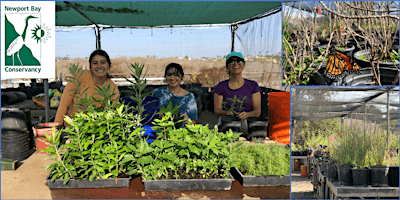
American coot feeding on sea lettuce
Plankton are marine organisms, often microscopic, that drift or float in lakes, rivers and oceans. Nekton, by way of contrast, are fish and other marine organisms that move themselves through the water from one location to another against ocean currents. While some very large species of jellyfish drift, they are not usually considered to be plankton.
Plankton includes both permanent and temporary plankton. Temporary plankton consists of the eggs and larval stages of fish, worms and crustacea that will mature into nekton. Shellfish larvae often have the ability to swim, powered by many short whip-like structures called cilia. As they grew larger and heavier they sink to the bottom where they undergo metamorphosis into their adult forms.
Diatoms are the most common microscopic marine organisms. These golden algae inhabit both fresh and salt water, floating near the surface. Each diatom is composed of a two-part shell, one part of which overlaps the other like the lid of a box. The shell consists of a cell wall containing a glass-like substance called silica. When diatoms die, their silica shells do not decay, but fall to the seabed. Masses of shells may collect over hundreds of thousands of years. These deposits, called diatomaceous earth, can be mined for use in abrasives and filters, such as swimming pool filters. The cliffs on the west side of UNB north of the Newport Aquatic Center are diatomaceous earth, uplifted by seismic movement.
Green algae are thought to be the ancestors of the plant kingdom because their cells contain the same kinds of chlorophyll as land plants. Green algae are frequently found in freshwater, typically appearing in spring and thriving in response to the abundant sunlight. In addition to the microscopic algae, large multi-cell algae called sea lettuce (Ulva) is seen on the mudflats of UNB. Also common is filament algae. All algae must live in/on/adjacent to a source of water that can bath the entire organism, since algae have no internal system of tubes present (as there is in land plants) to circulate carbon dioxide, oxygen and nutrients. Algae do not have roots; they attach themselves to rocks, etc. with holdfasts. The brown seaweeds found at the seashore are also green algae.








